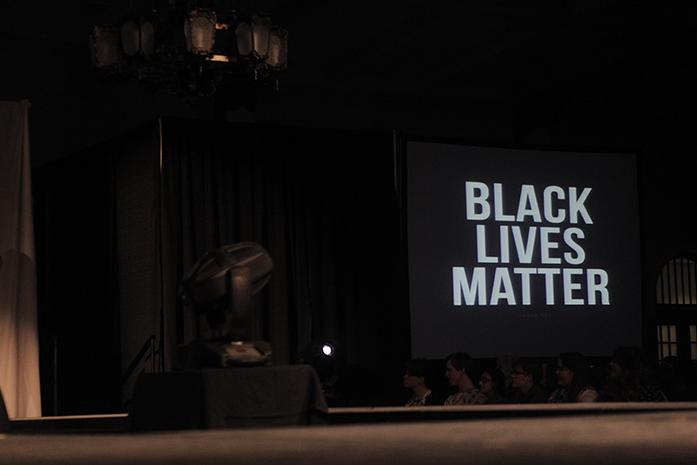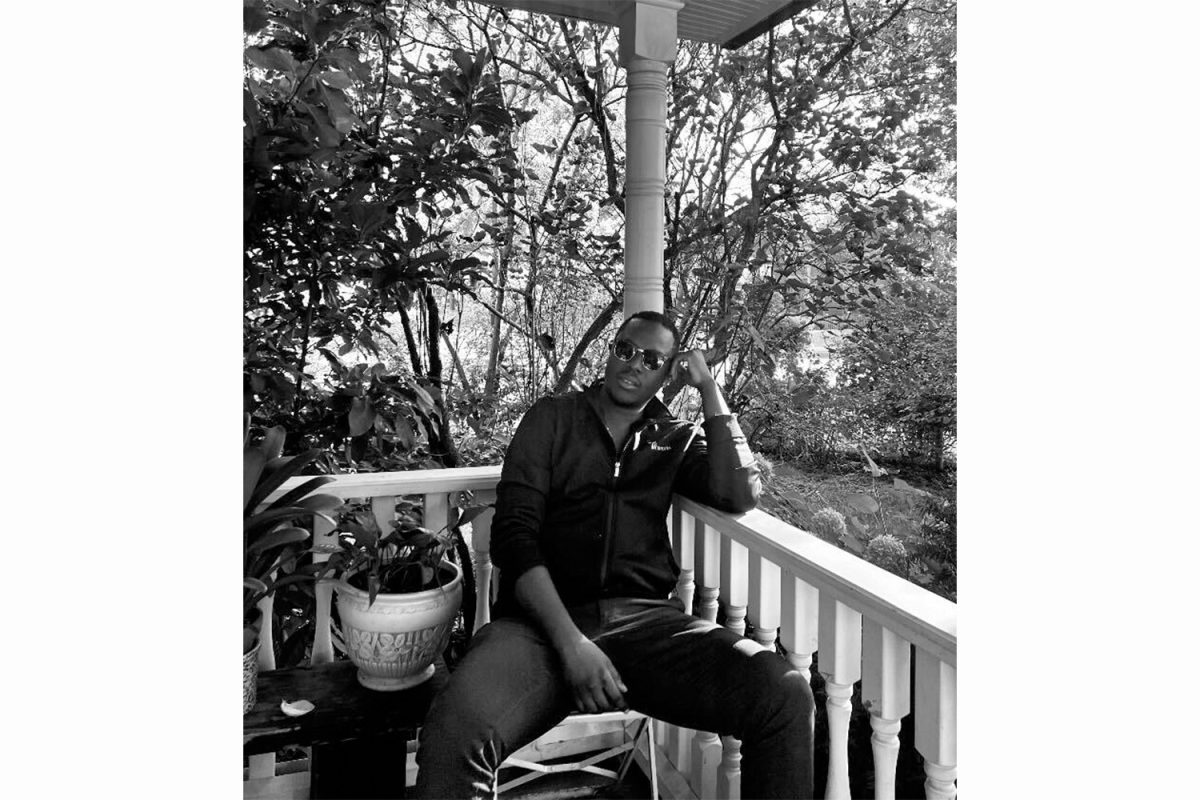The former African-art curator at the UI Museum of Art (1995-2004), Professor Victoria Rovine loves to study clothing, and she also loves to study African art.
“Fashion is the fine-art version of clothing,” said Rovine, now an associate professor of art history at University of North Carolina-Chapel Hill. “Most people see it all the time, have opinions about it, relate it, and so I love to show people in the U.S. that Africans have sophisticated clothing and fashion that can reveal a lot about their history and creativity.”
At 7:30 p.m. today, Rovine will present the Iowa City community with a glimpse into African fashion at Art Building West. The lecture will address the inventiveness of African fashion design and the history behind it.
Rovine has found Africa’s fashion production, both now, and in the past, often recounts vivid narratives about its history in addition to the global network of goods and images.
“These garments reveal profound ideas about changing conceptions of tradition modernity and the balance of these broad categories in contemporary African cultures,” she said.
In her lecture, she will talk about the forms of embroidery in Mali, the country she is both fond of and her primary research subject.
“Embroidery there is both traditional and modern,” she said. “It has a very long history. It’s always changing, beautiful, and intricate.”
It certainly is beautiful and intricate. The colors are often bright, and if not bright, then the embroidery exudes an exquisite sheen that is hard to miss.
In Rovine’s 2011 journal article “Continuity, Innovation, Fashion: Three Genres of Malian Embroidery,” she further explains the importance of embroidery in West Africa, particularly when it comes to attending a wedding, religious festival, or an important political event. Rovine additionally notes that what makes Malian embroidery so remarkable is both its variety and well-documented history, something that is not largely studied in the Western art world.
Given the current political climate and strife among specific groups of people in the United States, one wonders if sharing another culture’s art, art practices, and artistic history can help to educate others and create a more compassionate dialogue about ethnic and racial differences.
“I believe it’s more important for me to teach about culture than it is to teach about art specifically,” Rovine said. “But I’m fascinated by art because it tells us about people.”










